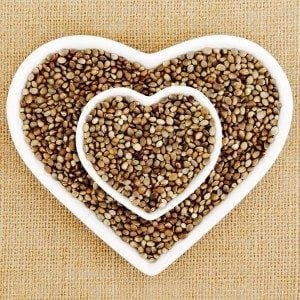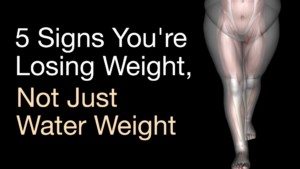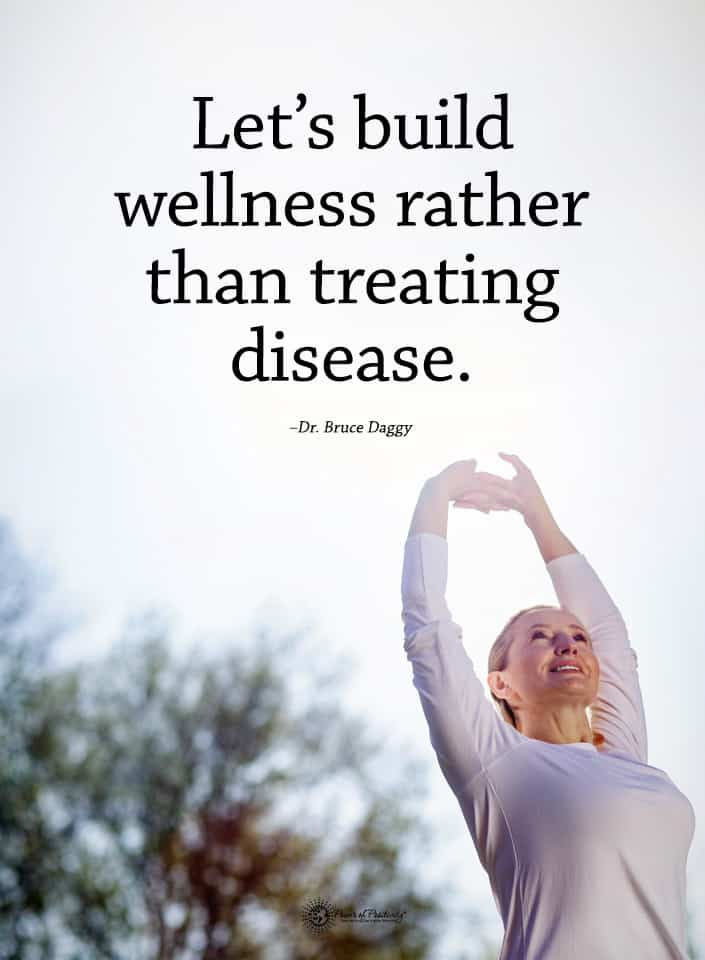When you were in elementary school, I’m sure you can recall doodling on papers while daydreaming about being elsewhere. Almost every kid does it, but some teachers aren’t as tolerant of it as others. However, even if schools don’t always condone creative expression, it’s important that parents support that side of their children. When 9-year-old Joe Whale got in trouble for doodling in class, his parents urged him to keep drawing even if his teacher didn’t agree with it.
His parents picked up on Joe’s natural talent and sent him to an after-school art class where everyone around him was in awe of his abilities. Joe’s artistic abilities were so remarkable that he was asked to decorate the dining room of ‘Number 4’ restaurant in Shrewsbury, England. Known by most people as The Doodle Boy, Joe now has his own website and social media pages to showcase his work!
This is the perfect example of how something negative can easily be turned into a positive if you simply reframe the situation. Read on to see some of Joe’s work and read more about his story!
Kid Gets In Trouble For Doodling In Class, But Local Restaurant Asks Him To Draw on Their Wall
Joe’s sketchbooks are filled with creative drawings like these!
https://www.facebook.com/thedoodleboy.co.uk/photos/a.116375316469110/143070827132892/?type=3&theater
Now you can see why the restaurant asked him to doodle on their walls! Here are some photos from the Number Four.
Joe was just beginning his masterpiece.
https://www.facebook.com/thedoodleboy.co.uk/photos/a.102670987839543/102671761172799/?type=3&theater
This is from the second day of doodling. He’s made quite a bit of progress in just one day!
https://www.facebook.com/thedoodleboy.co.uk/photos/a.102670987839543/102672767839365/?type=3&theater
Day 3
https://www.facebook.com/thedoodleboy.co.uk/photos/a.102670987839543/102674164505892/?type=3&theater
It’s just amazing what can come from the mind of a child. Perhaps we adults could learn a thing or two from him!
https://www.facebook.com/thedoodleboy.co.uk/photos/a.102670987839543/105942324179076/?type=3&theater
According to Joe’s dad Greg, his son always loved drawing. Furthermore, he entered into gifted classes at just age 4. His dad said it took Joe about 12 hours to illustrate the walls of the restaurant.
Greg had the following advice to give for parents who have a child with a knack for creativity: “I would advise parents to encourage their children to always follow their passion and dreams — research local workshops or groups within your local community.”
Joe standing in front of his finished masterpiece!
https://www.facebook.com/thedoodleboy.co.uk/photos/a.102670987839543/107237470716228/?type=3&theater
Joe in the middle of filming for a TV show. Just shows you what can happen when you follow your passion in life!
View this post on Instagram
You can see what a big imagination Joe has from his drawings!
https://www.facebook.com/thedoodleboy.co.uk/photos/a.102670987839543/102675814505727/?type=3&theater
Aren’t Joe’s doodles just adorable? They really bring you back to a more childlike existence where everything seemed fun and carefree.
View this post on Instagram
What did you think of Joe’s doodles? Amazing, right?! If you’d like to see more of his work, you can follow him on Instagram, Facebook, or check out his website.
Do your own children love to draw? Then, we hop you feel inspired to enroll your kids in some sort of community art class. Or, take them to a museum to feed their soul some inspiration. Remember, this world would just be “eh” without art!







 Some of the types of milk you can use include the following:
Some of the types of milk you can use include the following: 6. Kefir Helps Fight Allergy Symptoms
6. Kefir Helps Fight Allergy Symptoms Final Thoughts on the Science-Backed Kefir Benefits
Final Thoughts on the Science-Backed Kefir Benefits

